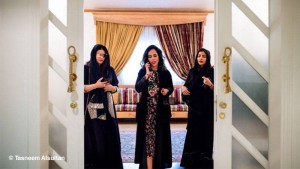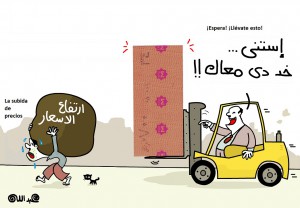According to the Saudi Ministry of Oil, the country’s average energy consumption is twice the world average with the same economic output figures. Local consumption has multiplied in less than two decades. The domestic sector is the largest consumer of electricity, with 80% of the electricity production and air conditioning representing 70% of the electricity consumption in homes. In the second position is the transport sector. In the country there are nine million vehicles and the fleet is growing at a rate of 4-5% annually. According to a report published last year by Chatham House on the Saudi energy crisis, if domestic consumption remains at the current figures this will pose a threat to the country’s ability to export oil which could convert it into an importer of crude oil in 2018. It must be borne in mind that oil accounts for 80% of the state’s revenues. To avoid fulfilling this forecast, the country has to change its energy consumption habits. One of the options is the use of renewable energy, an area that has received a strong impetus in recent three years through initiatives such as the King Abdullah City for Atomic and Renewable Energy (K. Care) which is working on various projects, such as building a desalination plant, or the creation of a solar power plant (500KW) connected to the local distribution network. For its part the ARAMCO company has a plan to generate 7-8% of electricity from renewable energy by 2020. A Swedish consultancy is helping to draw up a global renewable energy strategy.
Source: Al Safir, 26/12/2012







Aún no hay comentarios, ¡añada su voz abajo!